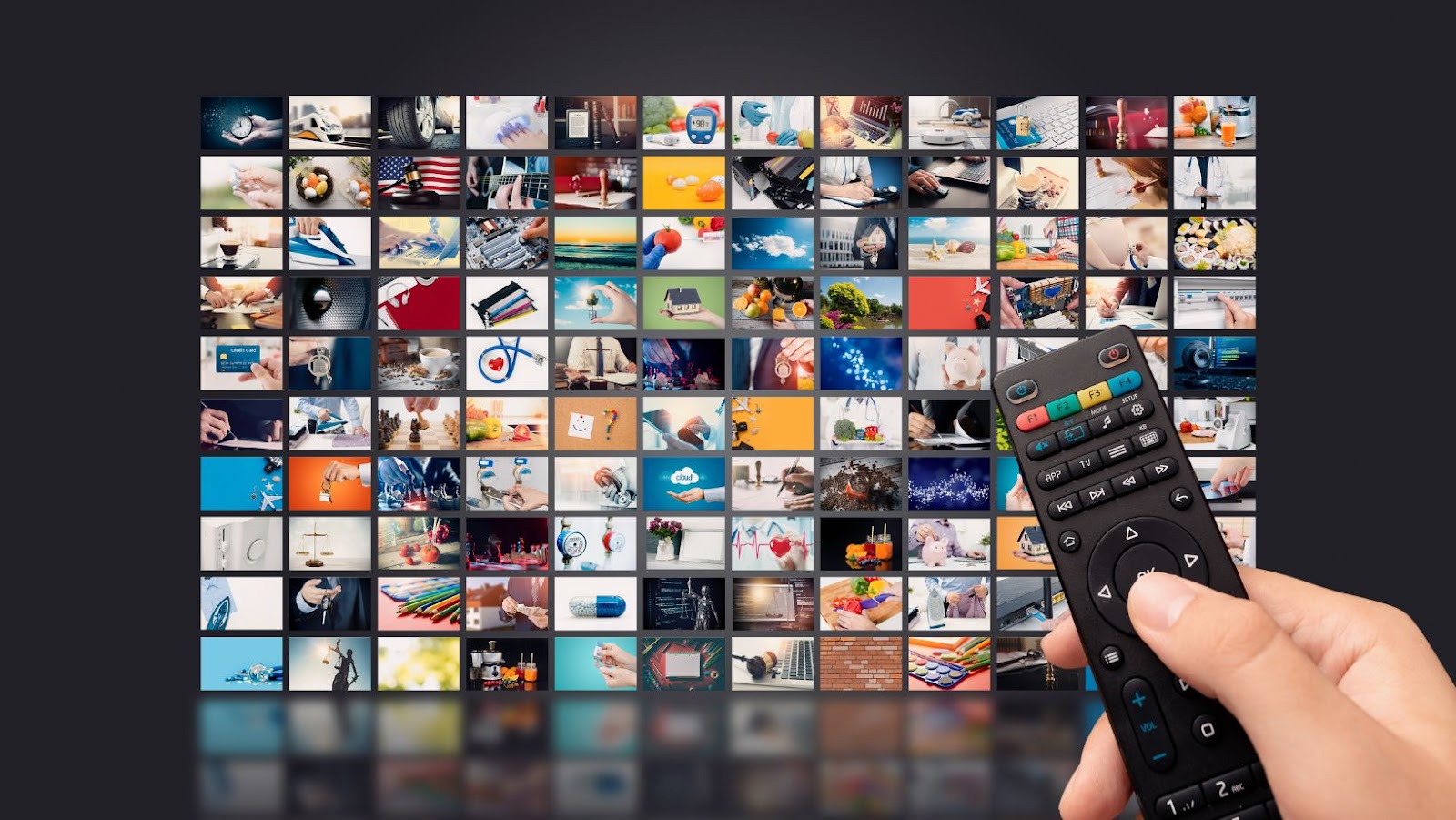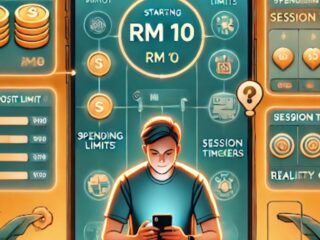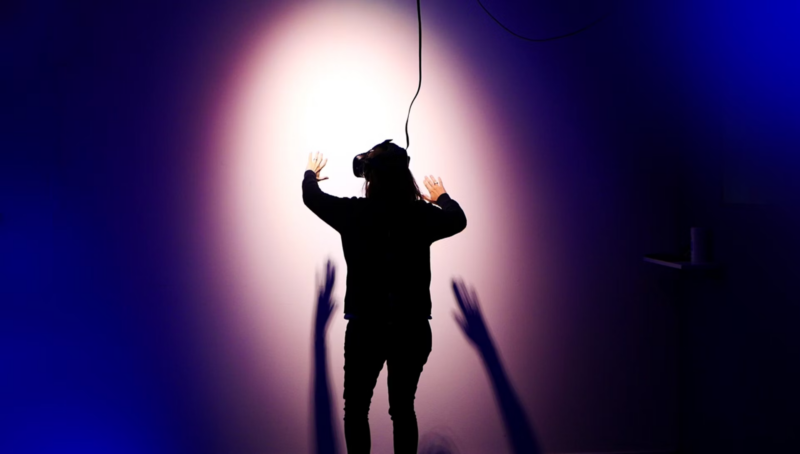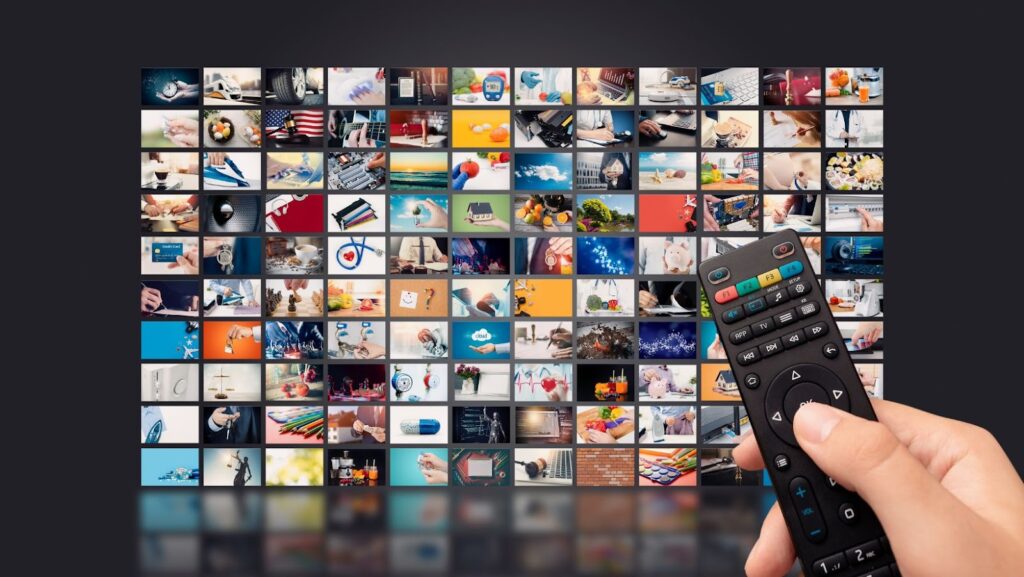
The words ‘watching TV’ were typically used to mean watching live broadcasts on a television set. With the popularity of streaming services and Smart TVs, this meaning is beginning to change as a large number of people instead opt to choose their own entertainment on demand on 4K TVs. Find out more about the evolution of streaming services below.
The Birth of Streaming
In 2007, Netflix had taken a bold step into the future and converted itself from a DVD rental service to an online streaming service which forever changed the way that people consume media at home. What was known as ‘appointment TV’ in which you would have to tune in to your favourite TV show at an allotted time in the week had begun to be deconstructed. The choice to watch whatever you wanted at a time that suited you had been introduced.
As a result, we have seen many other streaming services in a similar model to Netflix’s gain popularity such as Disney Plus and Amazon Prime which offer a wide range of content for all audiences.
Changing TV Consumption
With streaming services becoming more popular from the 2010s onwards, the way people consume paid content through their televisions is changing. Cable TV, where people pay monthly for extra TV channels, is seeming like it will meet its end as streaming services’ popularity has caused its decline.
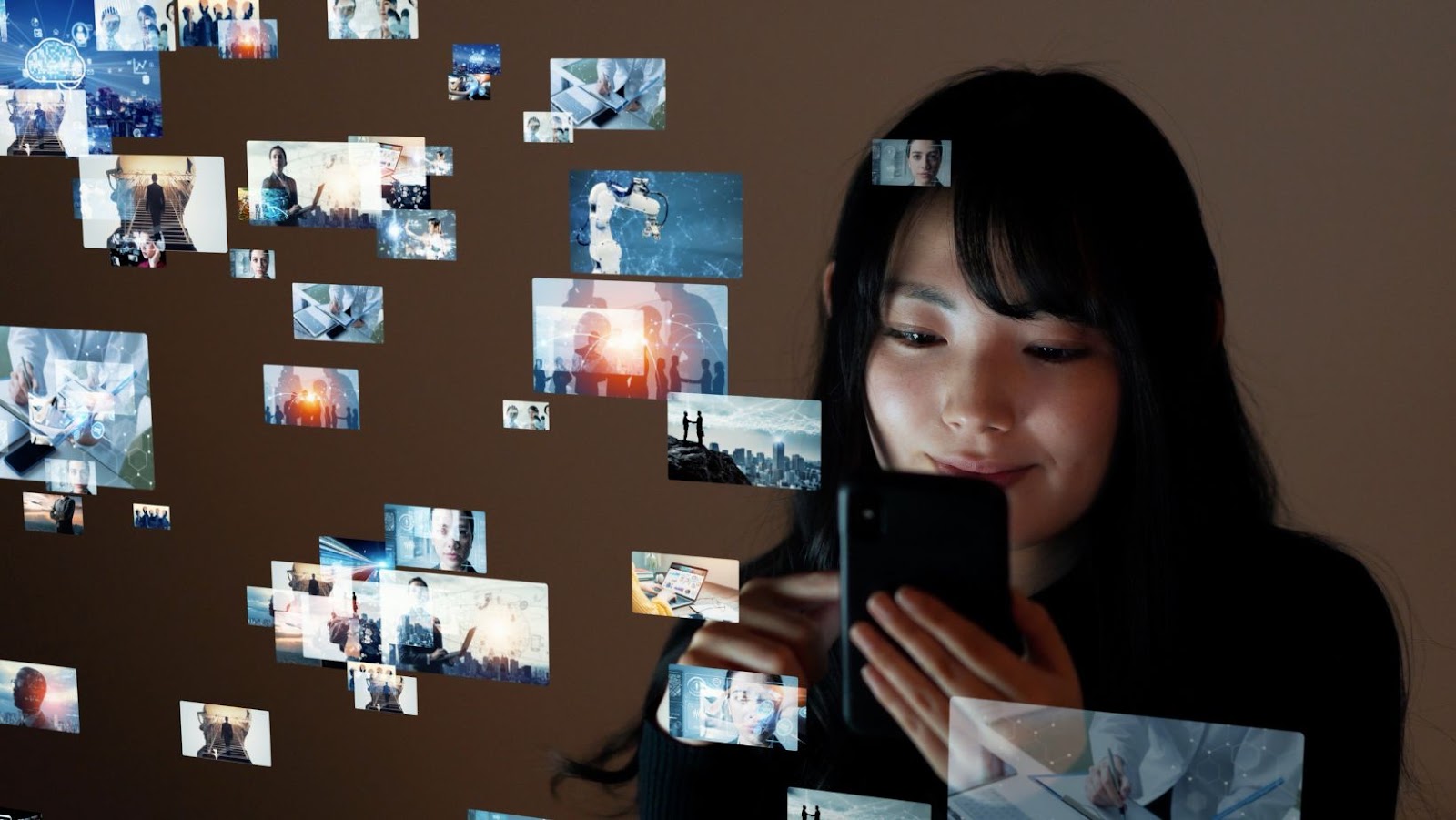
No longer are people choosing to subscribe to services from Sky and Virgin Media as the modern era has caused tuning into a particular channel to seem outdated. Cable TV’s lack of personal choice for the viewer and the viewer’s inability to choose content on demand just doesn’t meet the needs of the modern TV watcher.
The Future of Streaming Services
With the popularity of streaming services showing no signs of slowing down, who knows what the future of TV content will look like. As there are plans for BBC channels BBC 4 and CBBC to become digital-first, it is even possible that streaming services will not only become the primary option for TV watching but the only one.
As the leading streaming services compete with each other for viewership, they will have to include more content options, better pricing and even further personalisation to be ahead of the curve with this exciting and evolving technology.

